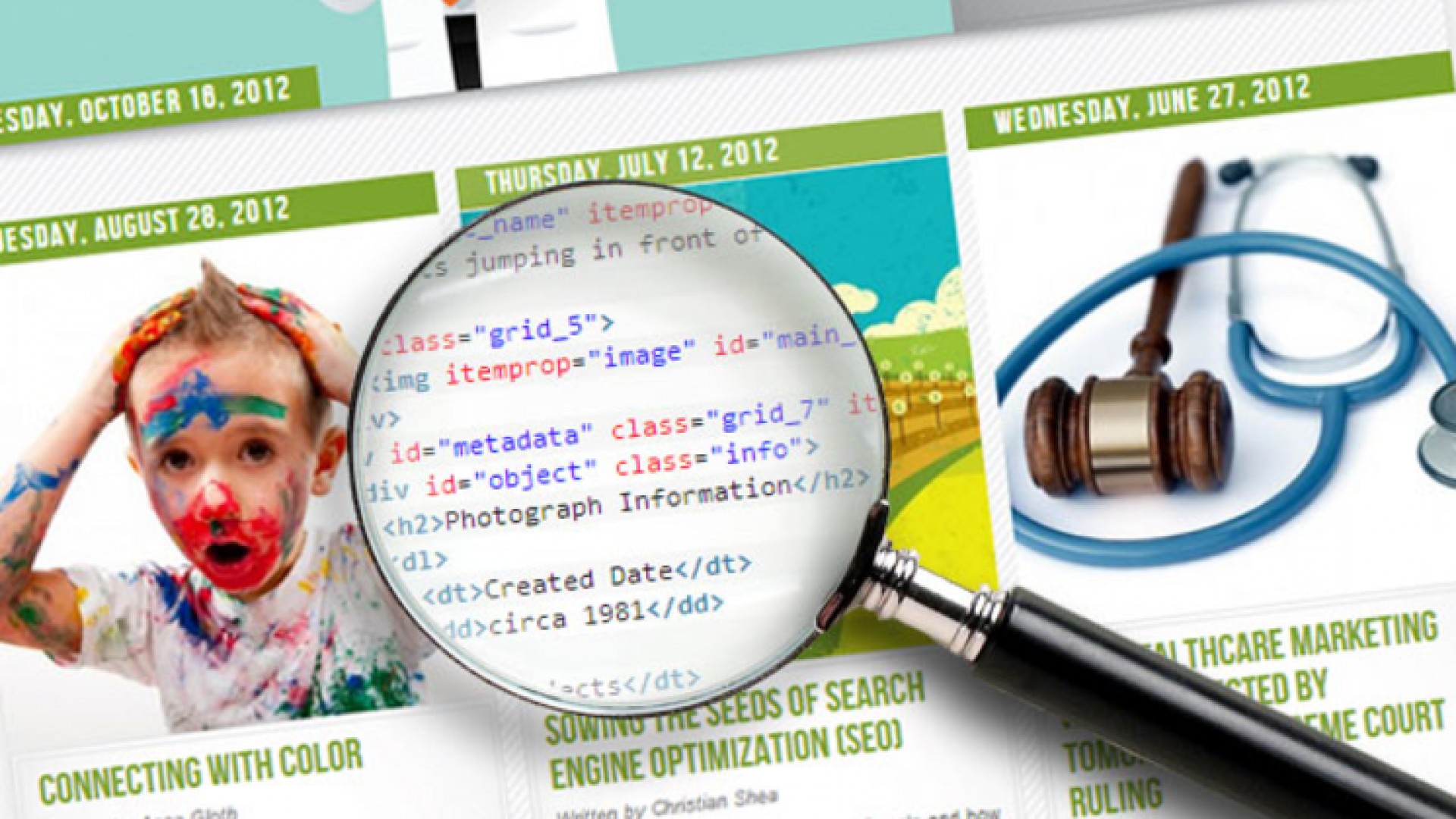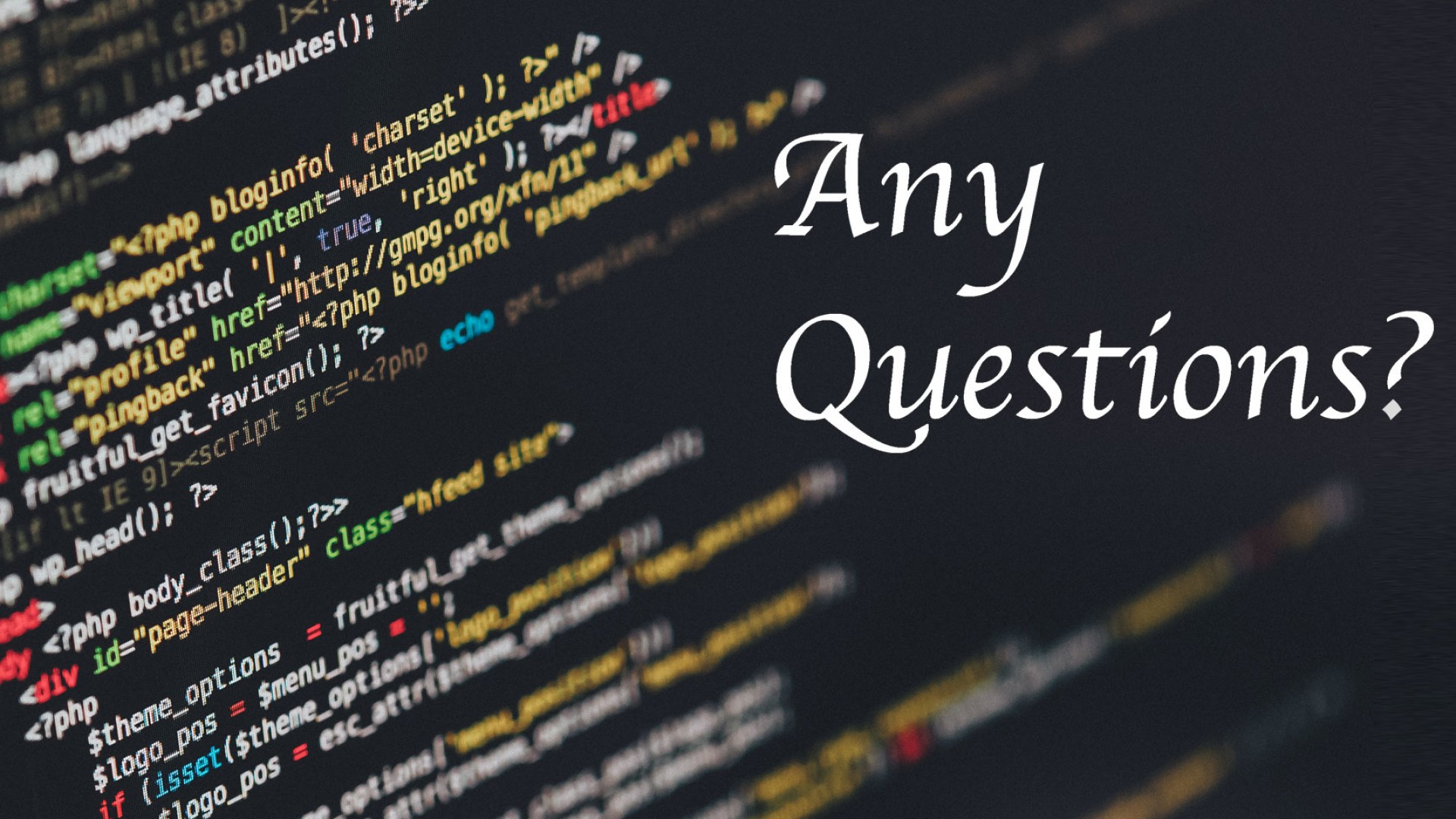The Importance of Ensuring Web Accessibility
The internet should be a great equalizer, open and accessible to all people regardless of ability. Yet today's digital landscape is littered with barriers that exclude millions.

This poses many potential pitfalls for organizations:
- A legal minefield of potential ADA lawsuits and compliance penalties that can devastate bottom lines
- A dramatically reduced potential audience and customer base
- Compromised search visibility and marketing effectiveness in an accessibility-prioritizing digital world
- A glaring misalignment with professed brand values and commitment to diversity, equity, and inclusion
We don't accept these tradeoffs. The Lyquix team is trained in the latest accessibility standards and leverages a meticulous, end-to-end approach - no shortcuts or band-aid overlays. Through rigorous assessment, strategic planning, meticulous implementation, and continuous monitoring, we design and develop digital properties to be resilient, fully accessible, and optimized for long-term compliance.
Mitigate Risk, Embrace Inclusion
In 2023, over 4,600 ADA-related lawsuits impacted organizations throughout the US. Shockingly, 73% of these legal battles involved organizations with valuations under $25 million. The message is clear: none are exempt from the consequences of neglecting accessibility.
It's time to flip the script. Let's proactively address accessibility issues and safeguard your organization from unnecessary risk. Together, we can ensure that every web property aligns with accessibility standards, protecting your brand and fostering a culture of inclusivity.
A Proven Approach to Accessibility
At Lyquix, we don’t rely on surface-level fixes or gimmicks. Our approach is rooted in meticulous planning, rigorous testing, and continuous improvement. Here's how we do it:
- Assessment: We conduct comprehensive evaluations, combining automated and manual testing to identify accessibility gaps.
- Planning: Collaboratively, we prioritize issues and devise a strategic action plan tailored to your organization's needs..
- Implementation: We implement sustainable fixes, addressing design, code, third-party integrations, and content..
- Regular Checkups: Our commitment doesn't end with implementation. We conduct annual assessments to ensure ongoing compliance and address any emerging issues promptly.
How We Test for Compliance
Lyquix employs a combination of automated and manual testing to ensure websites and apps comply with the WCAG 2.2 AA standards, as well as accepted best practices. Our manual testing approach eliminates false positives and uncovers nuanced issues that only human scrutiny can reveal, ensuring full compliance.
- Automated Testing:
- Perform automated tests on all pages
- Test for compliance
- WCAG versions 2.0, 2.1 and 2.2
- Conformance level A, AA, and AAA
- Test for best practices
- Section 508 guidelines
- W3C Rules for Accessibility Conformance Testing (ACT)
- Best practices rules
- Experimental rules
- Test all PDF files
- Manual Testing
- A curated list of pages that include all distinct functionality and design modules
- Test using various browsers and operating systems
- Target issues that affect users with:
- Low vision
- Visual impairment
- Motion impairment
- Manual tests include:
- Rules from the WCAG 2.2 levels A and AA
- Screen reader (NVDA and JAWS software)
- Keyboard navigation
- Browser zoom
- Text spacing
- Color contrast
- High-contrast
Remediation
Once our rigorous testing phase pinpoints all the accessibility issues, we don't simply provide a list of items that need to be resolved. We work with clients to map out a comprehensive remediation strategy that aligns with the organization’s priorities and resolves the deficiencies. Through collaborative planning sessions, we prioritize tasks, develop a delivery roadmap, and implement sustainable best practices.
A key focus area is addressing the unique accessibility challenges posed by PDF files across digital properties. Rather than applying blanket solutions, we leverage a carefully crafted decision tree analysis for each PDF to determine the optimal remediation approach. Is it best to update the existing file, recreate it entirely, convert it to an accessible webpage format, or potentially archive outdated PDFs? We evaluate all factors to pursue the most user-friendly, cost-effective solution tailored to each PDF.
Our holistic remediation process leaves no stone unturned. We systematically enhance code, design elements, third-party integrations, and content across websites and applications. The result is a fully accessible user experience that fosters inclusivity.
Let’s Forge a Future of Accessibility Together
The journey towards a more accessible web begins with a single step — a commitment to change. By prioritizing accessibility, organizations unlock a world of opportunities: expanded market reach, enhanced user experience, improved SEO, and, above all, a testament to their dedication to diversity, equity, and inclusion.
Join us in championing accessibility. Let's not just meet standards; let's exceed them. Together, we can shape a web that is truly accessible to all.
Ready to embark on this journey? Schedule a consultation today, and let's pave the way to a more inclusive digital landscape.






